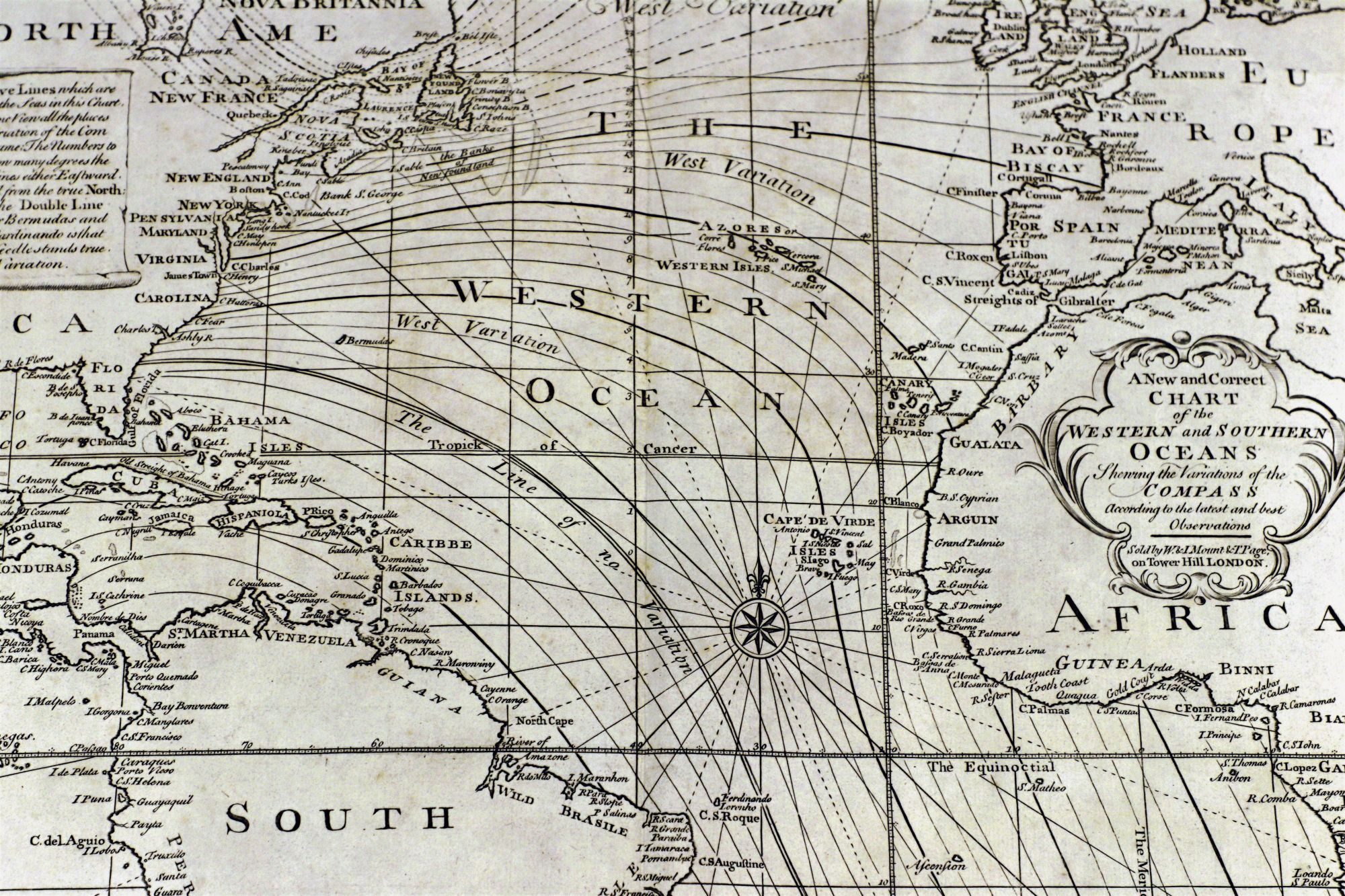History
The Knights Hospitallers were the earliest settlers in public record at Wasing, based down at Shalford Farm. By 1535 it had transferred to the Master and scholars of Salisbury College, however on the dissolution of the Monasteries in 1542 lands at Wasing were gifted to the Forster family. The estate then changed hands a number of times before John Mount fell in love with the gently sloping landscape in the Kennet Valley.
Mount purchased the Wasing estate in 1759. He and his father had established a very successful map publishing business in Tower Ditch, in London with his partner Thomas Page. Their business, Mount and Page dominated the British map and sea chart industry from around 1680 to 1800. It was a time when the British empire was fast expanding, the distant lands of far-away becoming ever more connected and the roots of our modern culture were being established. Over this period America disconnected from Great Britain, and the trade between continents mushroomed in size. The East India company firmly established itself as the dominant imperial trading partner with the Indies, and Captain Cook set sail for Australia (with Mount and Page’s English Pilot helping guide the Endeavour to its multiple destinations).
Global trade saw huge growth in this time, including the movement of basic stables such as sugars, teas, tobacco, textiles such as silks and cottons, and of course the movement of peoples, both willing and coerced. The family business, deeply rooted in navigational charts, also ended up publishing both accounts of the Longitude debate, which in the 1760s was the most sought-after prize for all sea-faring nations. Up until then, navigation could be accurate with latitude based on the sun, but could be several degrees out with longitude, meaning wasted journeys, lost ships running out of food and water, and ship wrecks as a result of human error. With the chronometer being invented by the carpenter John Harrison, the days of guesswork were over, as telling the time in two different places guaranteed an accuracy of navigation which up until then had been a distant dream.
During this period the Mounts moved to Wasing in 1759, where their focus was less on maps, and more on localized farming and land management, but the impact of their business and works had far reaching global consequences. Unwittingly their business had become the device by which not only was much of the navigational world of modern times established, but through which the British concept of empire, free trade, industrialisation, and private property was exported to so many parts of the world.
In the second world war, Wasing Place was requisitioned by the Great Western Railway Company and in February 1945, suffered a devastating fire leaving only the main walls of the house still standing. Wasing Place was rebuilt in its present form during 1956 – 7 but was much reduced from the original building.
The estate was passed on by Lady Cylla Dugdale who sadly died in 2018, to the current custodian of the estate, her son, Joshua Dugdale who is the 7th generation of the Mount family.
